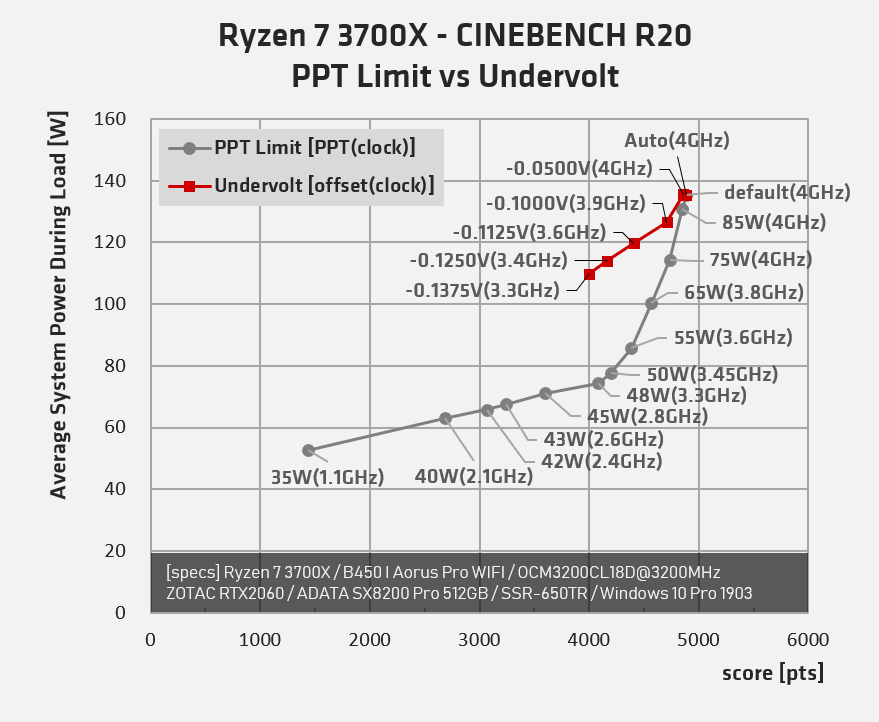I’ll add a little tidbit found in an article on digitimes on a new Realtek video chip. Since Digitimes articles are locked behind a paywall after a few days, I’ll cut and paste. The last paragraph is probably the most interesting here.
“Realtek 's RTD2893 TV chip can upgrade a 4K TV platform to a fully functional 8K one, as the chip supports 8K AV1/HEVC/VP9 video decoding, and is able to convert low refresh rate 8K video into 8K 60Hz content using FRC technology, or upscale front-end 4K TV SoC output into 8K 60Hz images.
The RTD2893 chip is also able to secure HDMI 2.1 8K input and output and video bit stream transmission over USB/PCIe, and supports all 8K video processing including HDR formats, making it a very cost-competitive 8K TV solution.
Project Scarlett comes with product specifications that are comparable to Sony's PS5 with regard to CPUs, SSD storage capacity, CD-tracking and support of related 8K technology.”
Digitimes don’t care about the consoles per se, they care about the Taiwanese supply chain businesses. So “comparable” probably shouldn’t be interpreted as “identical”. But still.
“Realtek 's RTD2893 TV chip can upgrade a 4K TV platform to a fully functional 8K one, as the chip supports 8K AV1/HEVC/VP9 video decoding, and is able to convert low refresh rate 8K video into 8K 60Hz content using FRC technology, or upscale front-end 4K TV SoC output into 8K 60Hz images.
The RTD2893 chip is also able to secure HDMI 2.1 8K input and output and video bit stream transmission over USB/PCIe, and supports all 8K video processing including HDR formats, making it a very cost-competitive 8K TV solution.
Project Scarlett comes with product specifications that are comparable to Sony's PS5 with regard to CPUs, SSD storage capacity, CD-tracking and support of related 8K technology.”
Digitimes don’t care about the consoles per se, they care about the Taiwanese supply chain businesses. So “comparable” probably shouldn’t be interpreted as “identical”. But still.


